Why do the Leptospermum trees get tagged?
Dr. Peter Brooks and researchers from the UniSC Honey Research Lab regularly spend time in the forest/Australian bush and go to areas where it has been reported or they know that the Leptospermum grow wild and in large numbers. They then test the nectar from the flowers with their portable testing equipment, document the results, and this includes the strength of the nectar, and then tag the trees.

This useful information is then put into a document that records every tree/bush they test and is used to promote Australian Manuka Honey and it allows anyone who wants to plant Leptospermum to know that a particular specie grows well in that area. This is hugely important as we have over 80 species of the Leptospermum in Australia and each species has certain conditions that they prefer to grow in. This then greatly eliminates mistakes being made in planting the wrong type of Leptospermum in an area. This is really valuable information.

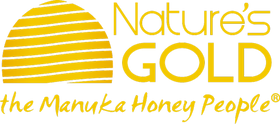

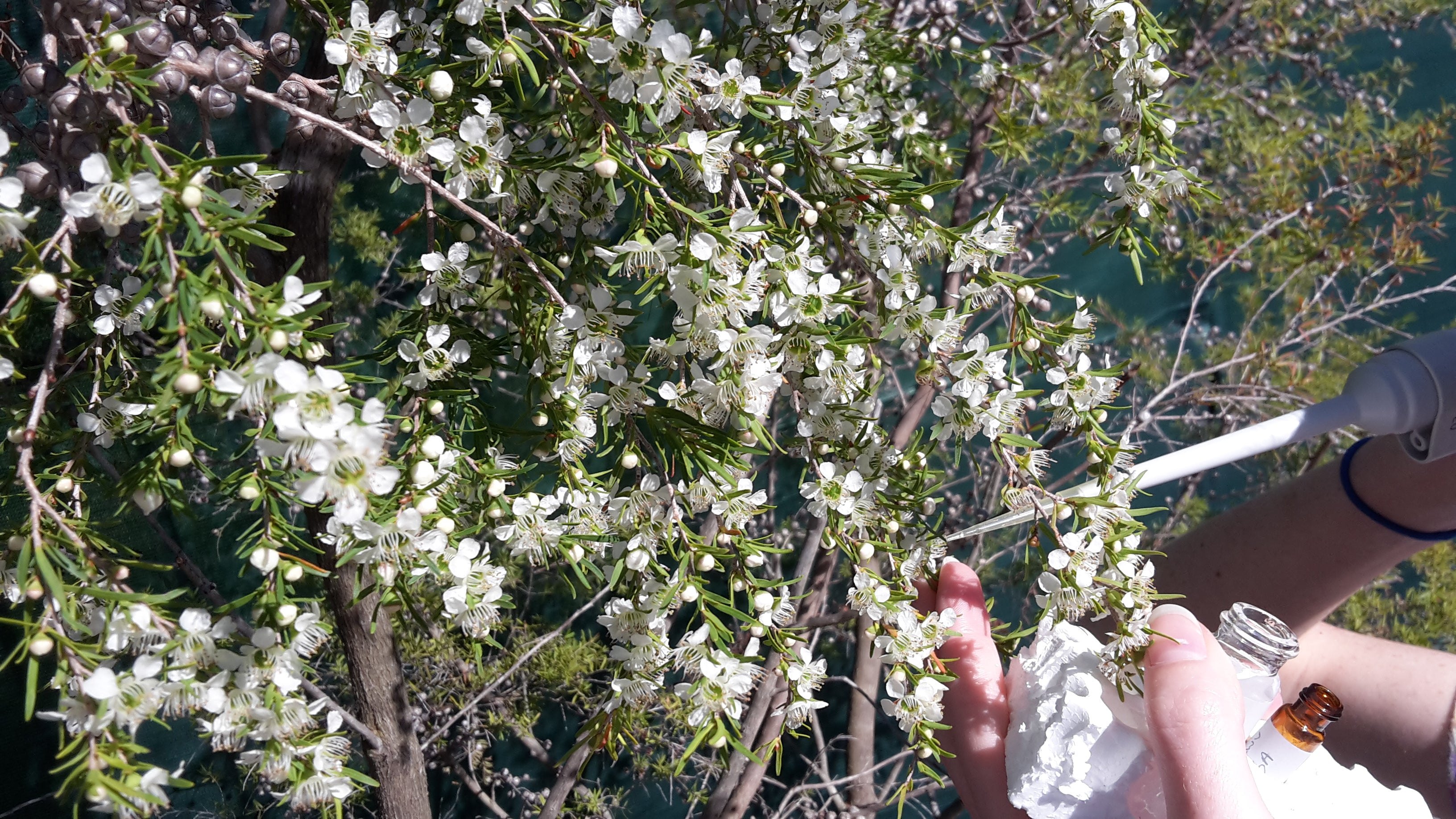
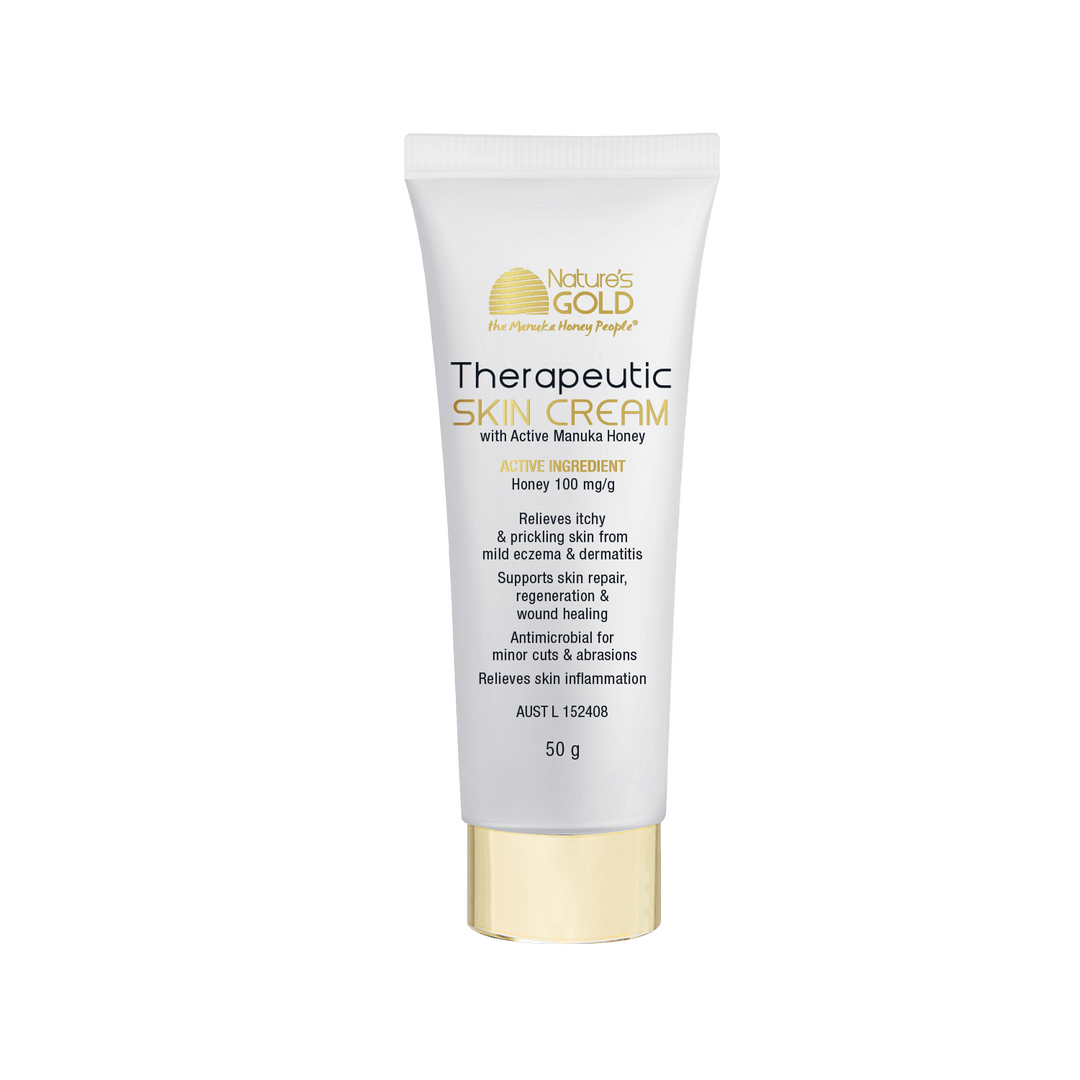
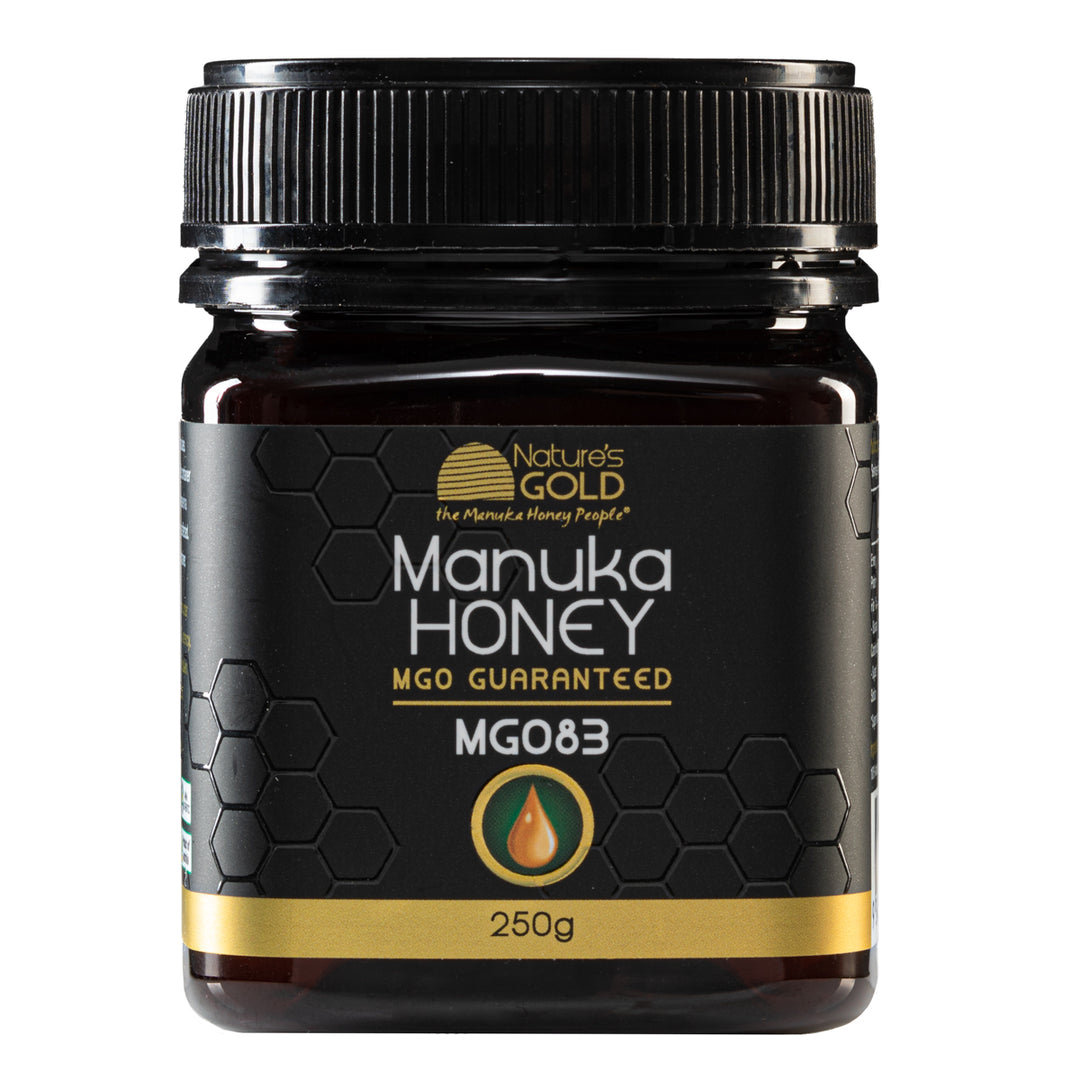
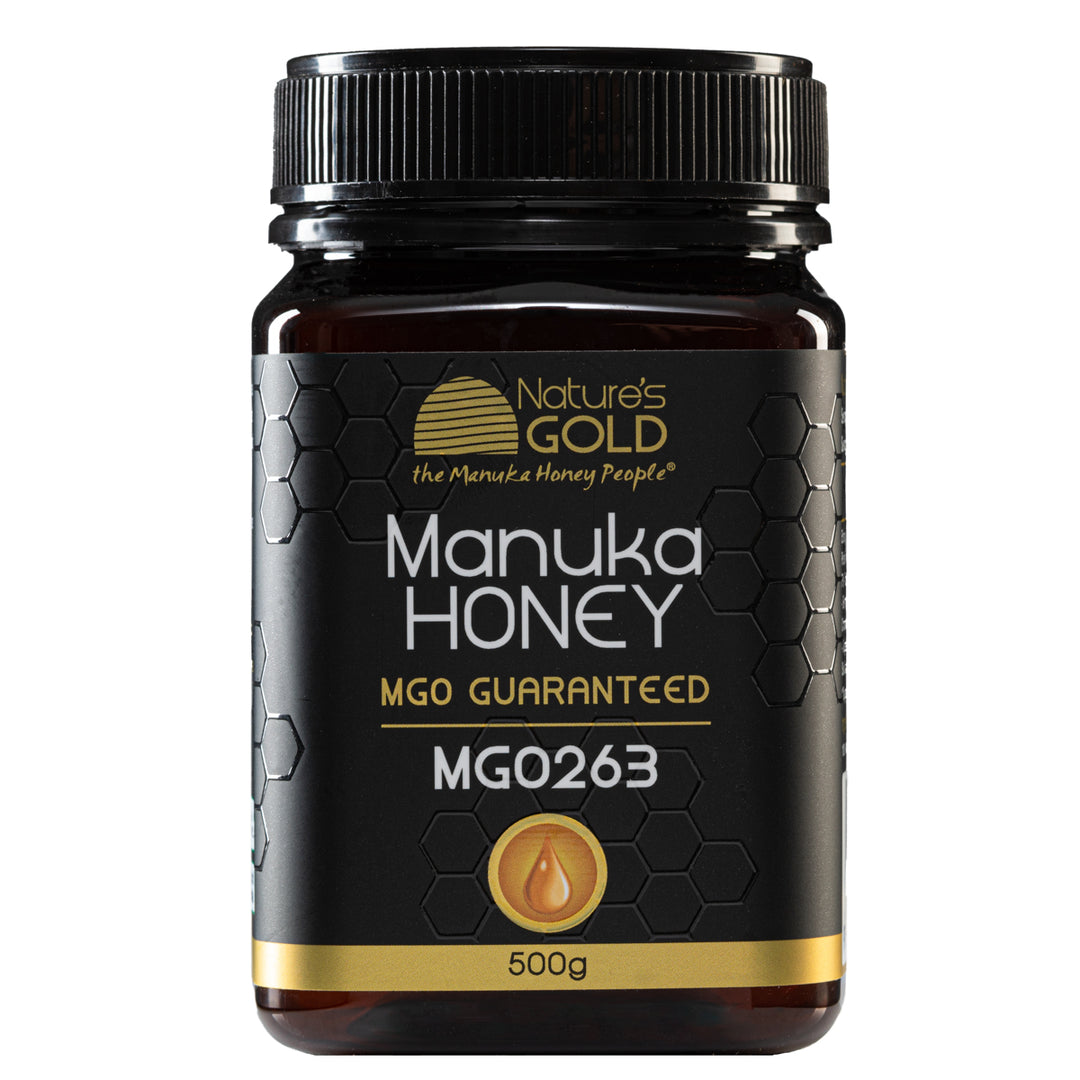
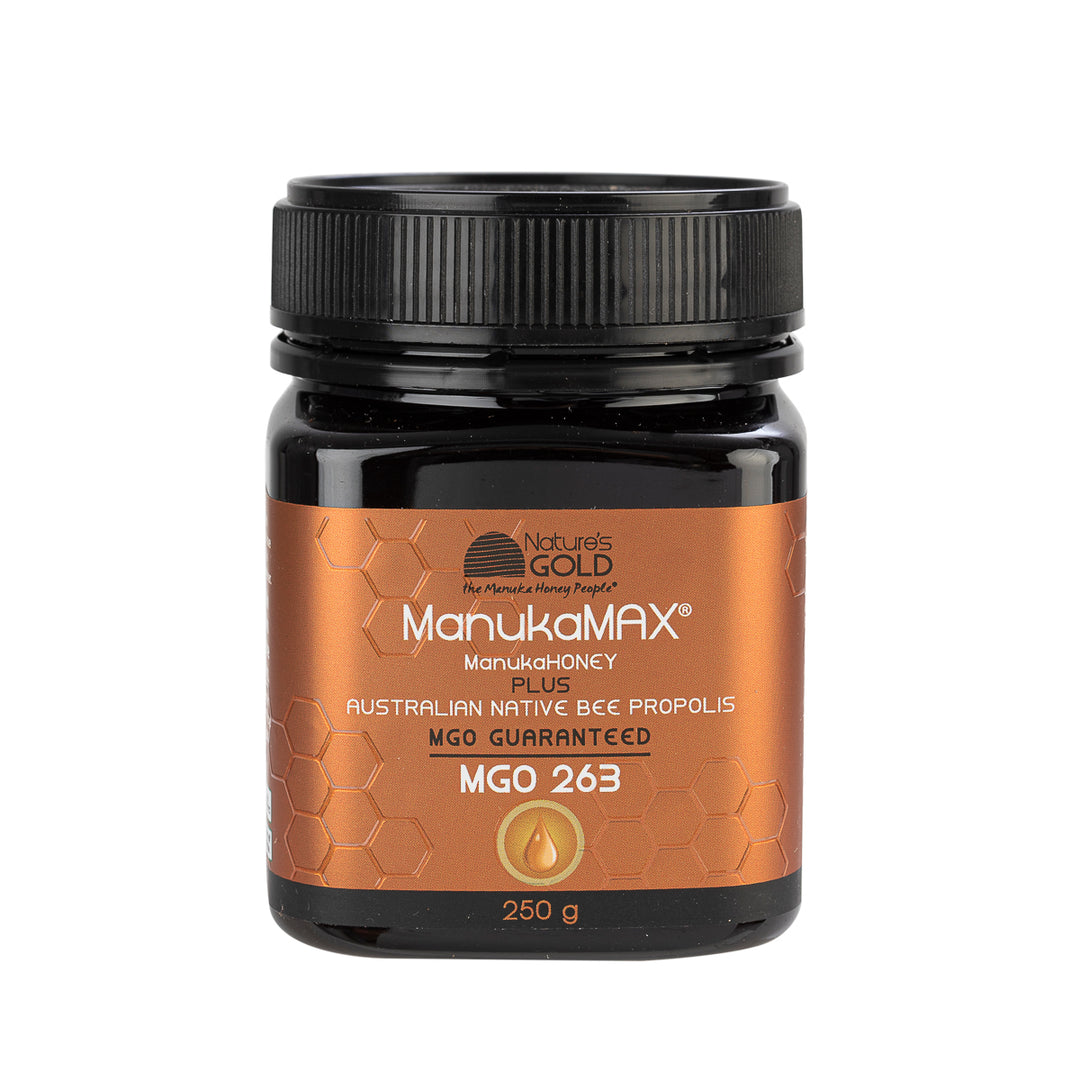
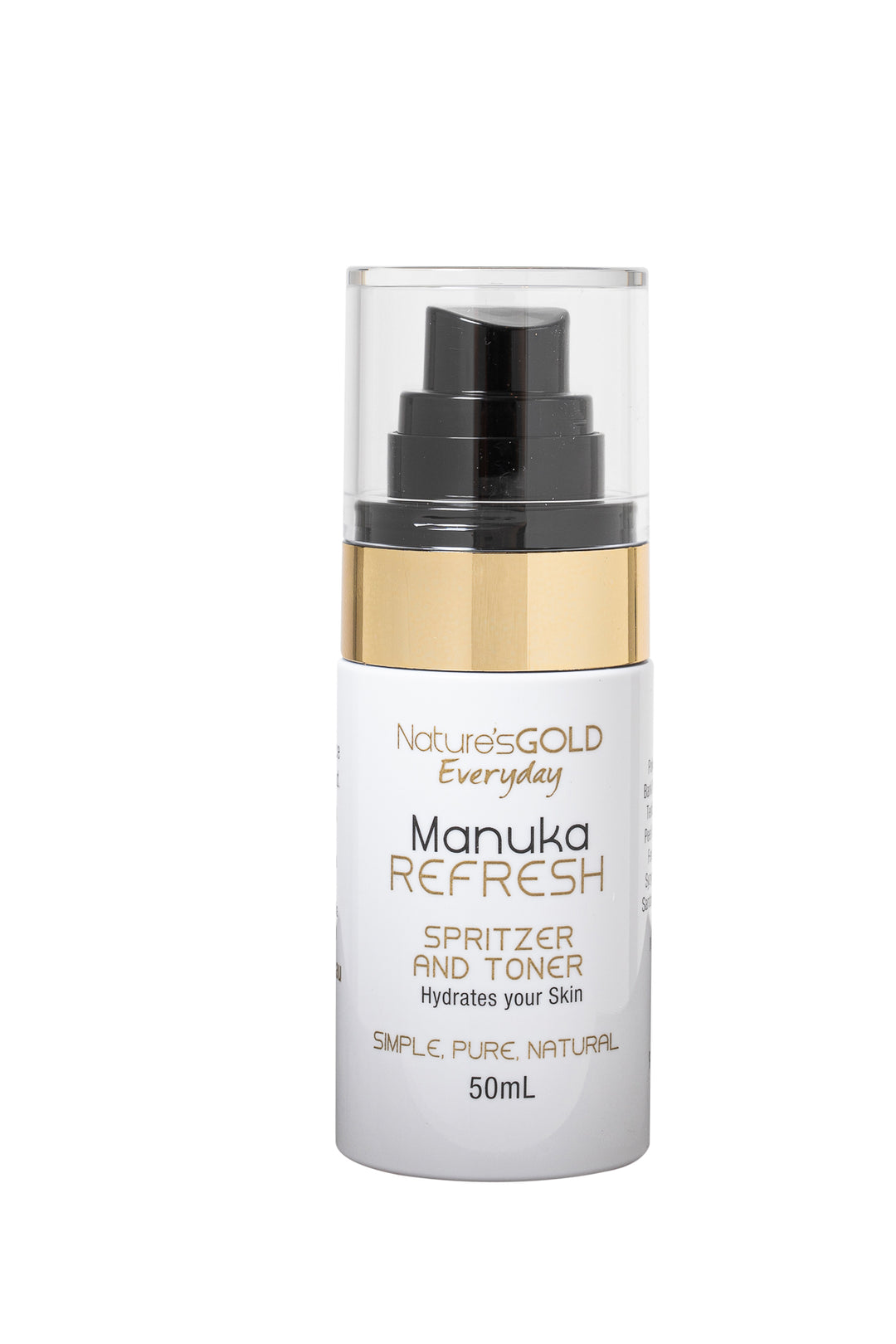

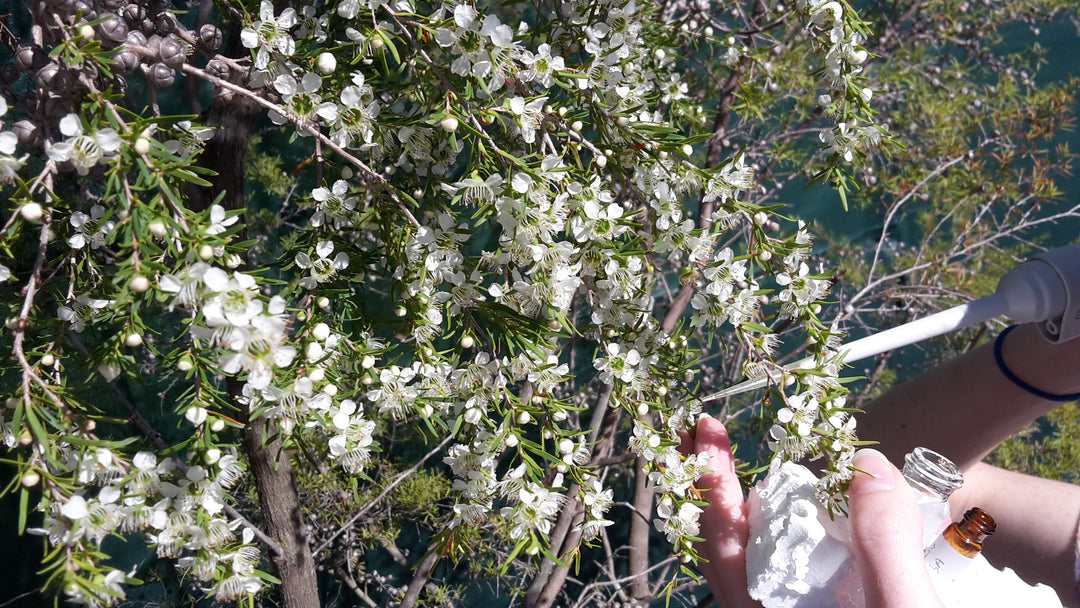
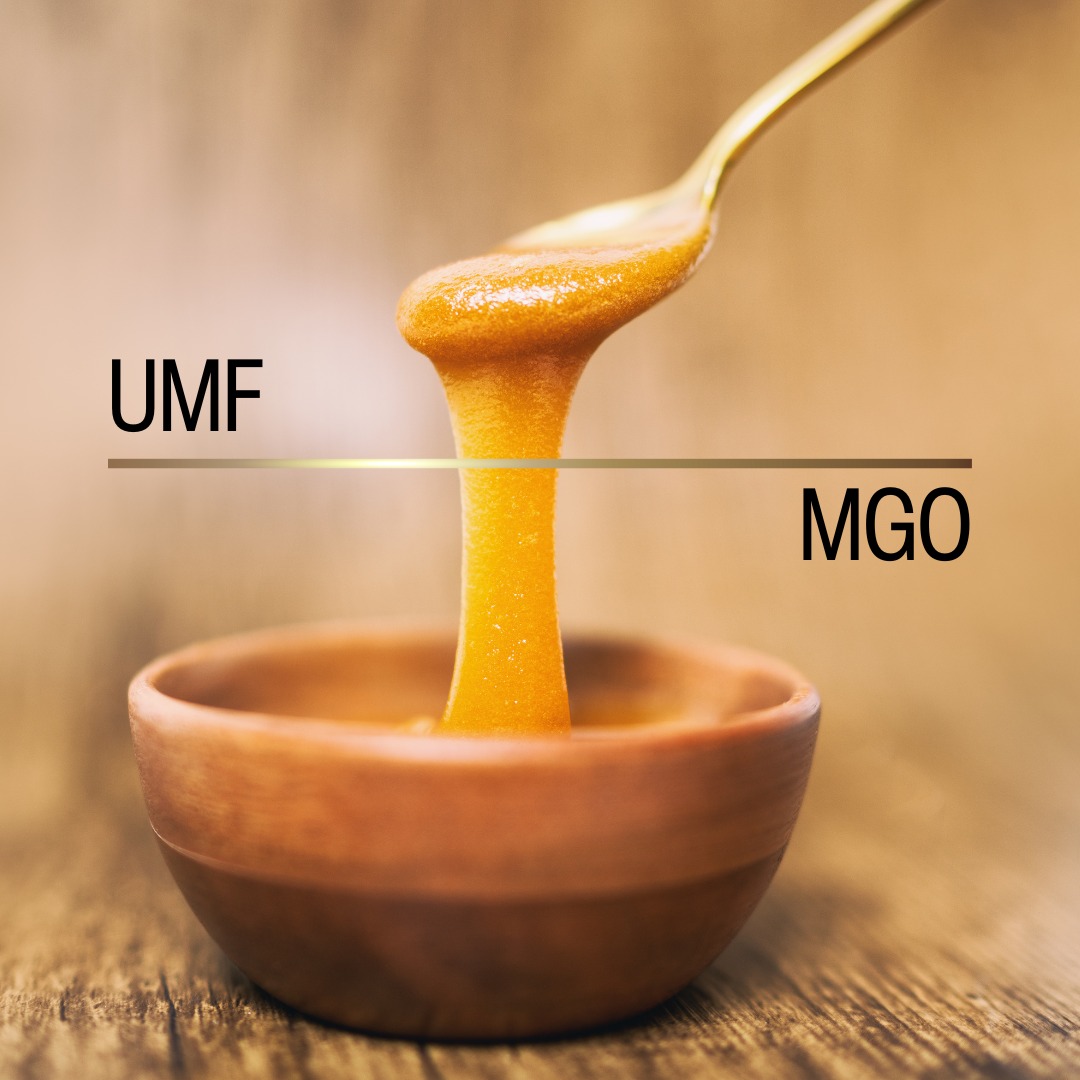
Leave a comment